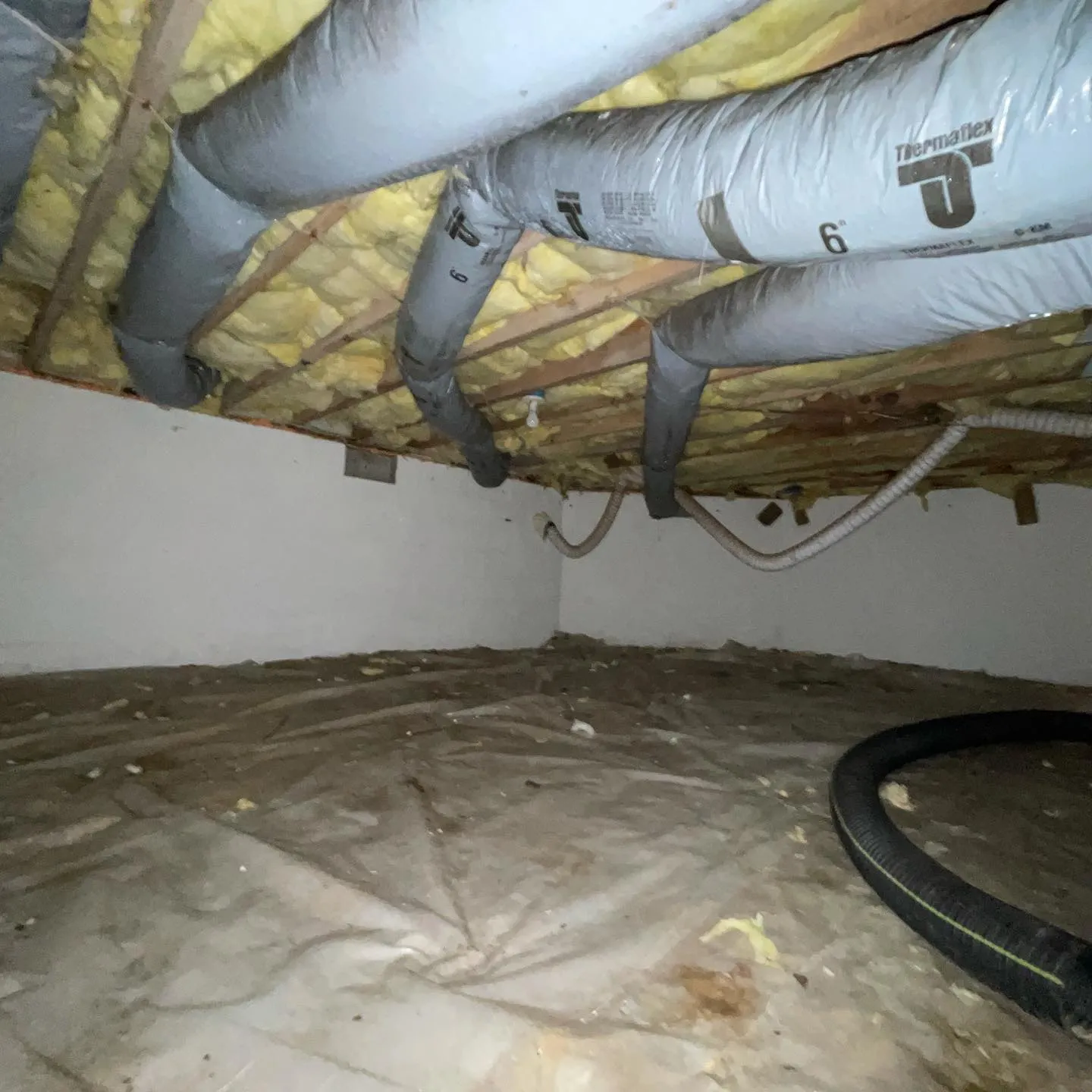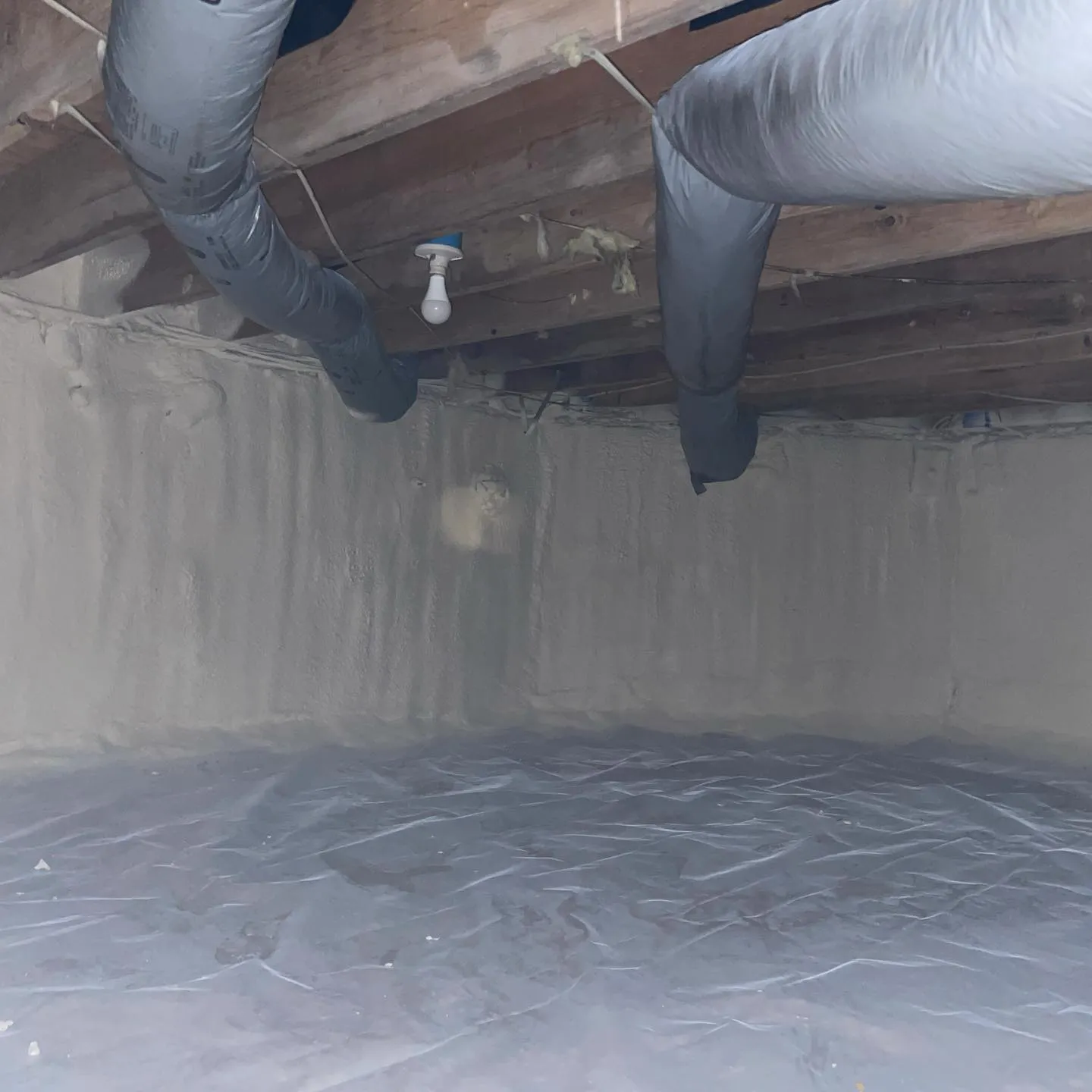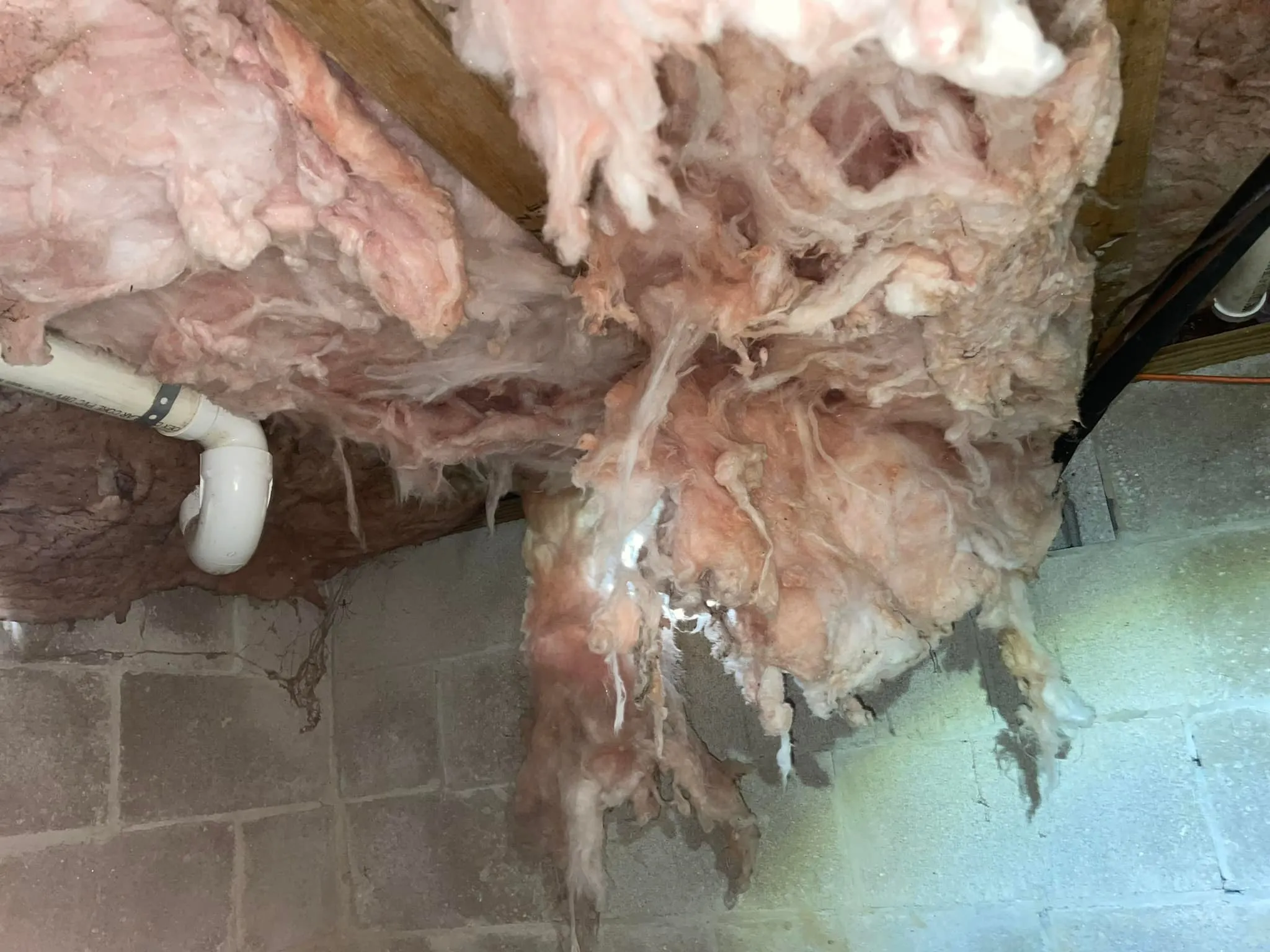
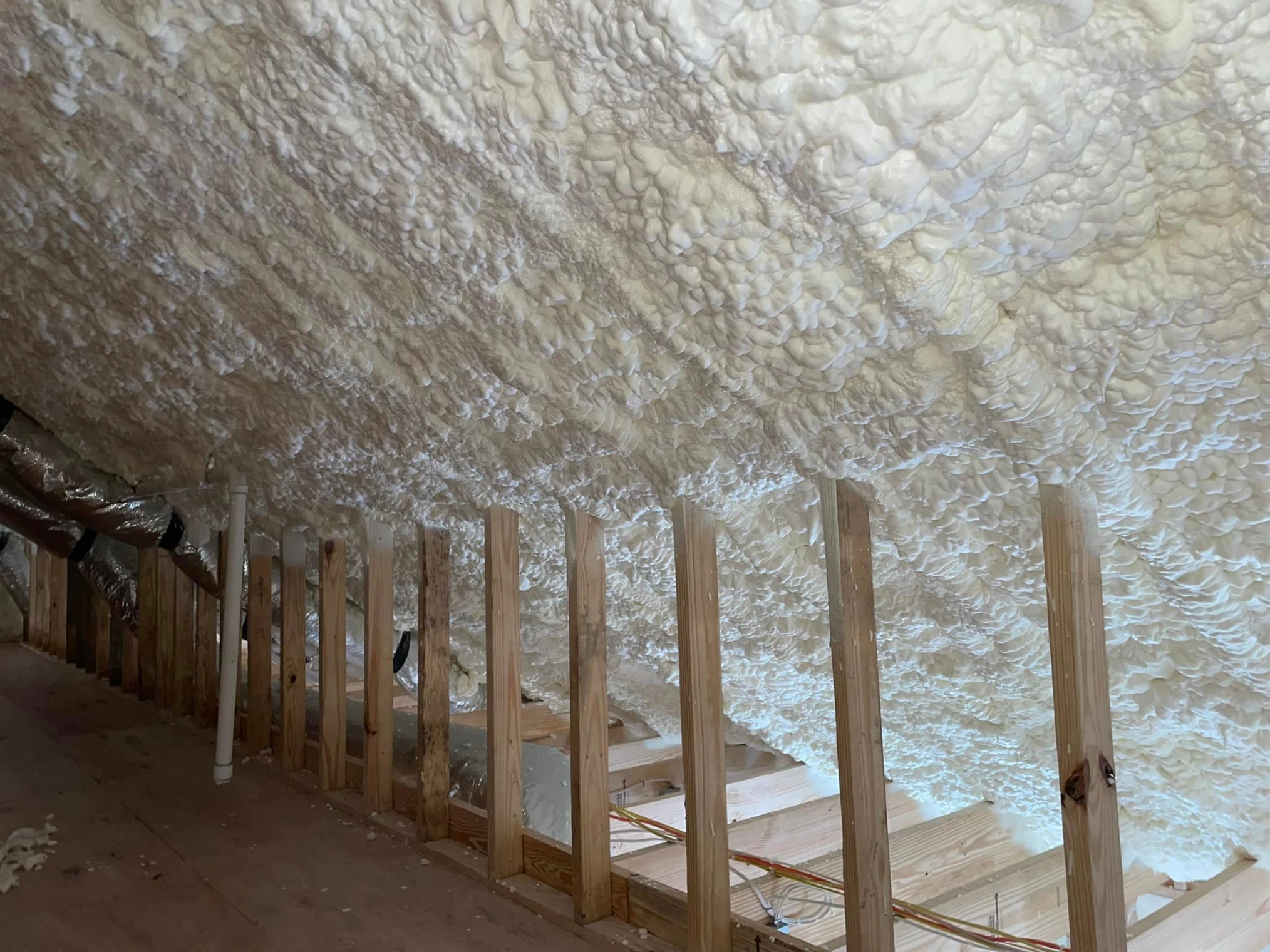
Cambridge rooflines benefit from open cell spray foam because this insulation material effectively addresses the region’s unique climate challenges while providing superior air sealing and moisture management. Open cell spray foam expands to fill gaps and cracks that traditional insulation methods often miss, creating a continuous thermal barrier that prevents heat loss during Cambridge’s harsh winters and reduces cooling costs during humid summers.
The primary advantage lies in open cell spray foam’s ability to conform to irregular roofline geometries common in Cambridge’s historic and modern residential architecture. Unlike rigid insulation boards or blown-in materials, open cell spray foam creates an airtight seal around roof penetrations, electrical components, and structural irregularities. This comprehensive coverage addresses both thermal bridging and air infiltration—two critical issues that significantly impact energy efficiency in Cambridge’s variable climate conditions.
Drawing from extensive field experience in the Cambridge area, Peninsula Insulation, LLC has observed consistent performance improvements when open cell spray foam replaces traditional roofline insulation methods. This analysis presents practical insights based on real-world applications and measurable performance data from Cambridge installations.
Cambridge experiences a humid continental climate with average winter temperatures dropping to 22°F and summer highs reaching 82°F. According to the National Weather Service, the region receives approximately 44 inches of annual precipitation, creating moisture management challenges for roofline systems. These conditions demand insulation solutions that handle both thermal performance and moisture control effectively.
The freeze-thaw cycles common in Cambridge create additional stress on roofline components. Traditional insulation materials often develop gaps over time as building components expand and contract, leading to thermal bridging and air infiltration issues. Open cell spray foam maintains its seal integrity throughout these temperature fluctuations, preserving energy efficiency year-round.
Bonus Tip: Cambridge’s older homes built before 1980 often have irregular framing and roof structures that create numerous air leakage points. Open cell spray foam’s expansion properties make it particularly effective for addressing these legacy construction challenges.
| Performance Metric | Open Cell Spray Foam | Industry Standard |
|---|---|---|
| R-Value per inch | 3.6-3.8 | Varies by material |
| Air Permeability | <0.02 L/s·m² | Varies significantly |
| Density | 0.5-0.8 lb/ft³ | Material dependent |
| Expansion Ratio | 100:1 | Not applicable |
| Vapor Permeability | 16 perms | Varies by material |
| Operating Temperature Range | -20°F to 180°F | Material dependent |
Open cell spray foam’s cellular structure allows controlled moisture vapor transmission while blocking air movement. This characteristic proves particularly beneficial in Cambridge’s climate where managing moisture without trapping it becomes essential for long-term building health.
The material’s low density allows for easy installation around complex roofline geometries while maintaining structural integrity. Unlike denser insulation materials, open cell spray foam adds minimal weight to roof structures—an important consideration for Cambridge’s older buildings with limited load-bearing capacity.
| Insulation Type | Air Sealing Capability | Moisture Management | Installation Complexity | Coverage Completeness |
|---|---|---|---|---|
| Open Cell Spray Foam | Excellent | Good | Moderate | Complete |
| Closed Cell Spray Foam | Excellent | Excellent | Moderate | Complete |
| Fiberglass Batts | Poor | Fair | Low | Partial |
| Blown-in Cellulose | Fair | Good | Low | Good |
| Rigid Foam Boards | Fair | Good | High | Partial |
The comparison reveals open cell spray foam’s superior air sealing capabilities compared to traditional materials. While closed cell spray foam offers better moisture resistance, open cell provides adequate moisture management for most Cambridge applications at a more economical application rate.
Bonus Tip: Cambridge’s building inspectors often require proof of air sealing performance. Open cell spray foam installations typically exceed local energy code requirements for air infiltration rates, simplifying permit approval processes.
Weather conditions significantly impact installation success. Open cell spray foam requires ambient temperatures between 60°F and 80°F during application, with humidity levels below 85%. Cambridge’s weather patterns provide optimal installation windows during late spring, summer, and early fall months.
Roof structure assessment becomes critical before installation. Existing moisture damage, inadequate ventilation, or structural deficiencies must be addressed prior to spray foam application. Cambridge’s older homes often require preparatory work to ensure proper substrate conditions.
Professional installation proves essential for achieving optimal performance. Improper mixing ratios, inadequate surface preparation, or incorrect application thickness can compromise the insulation’s effectiveness and longevity. The installation process generates chemical odors that require temporary relocation during application and initial curing periods.
Building code compliance varies by Cambridge jurisdiction. Some areas require thermal barriers over exposed spray foam, while others mandate specific vapor retarder installations. Proper permit acquisition and inspection scheduling ensure installation meets local requirements.
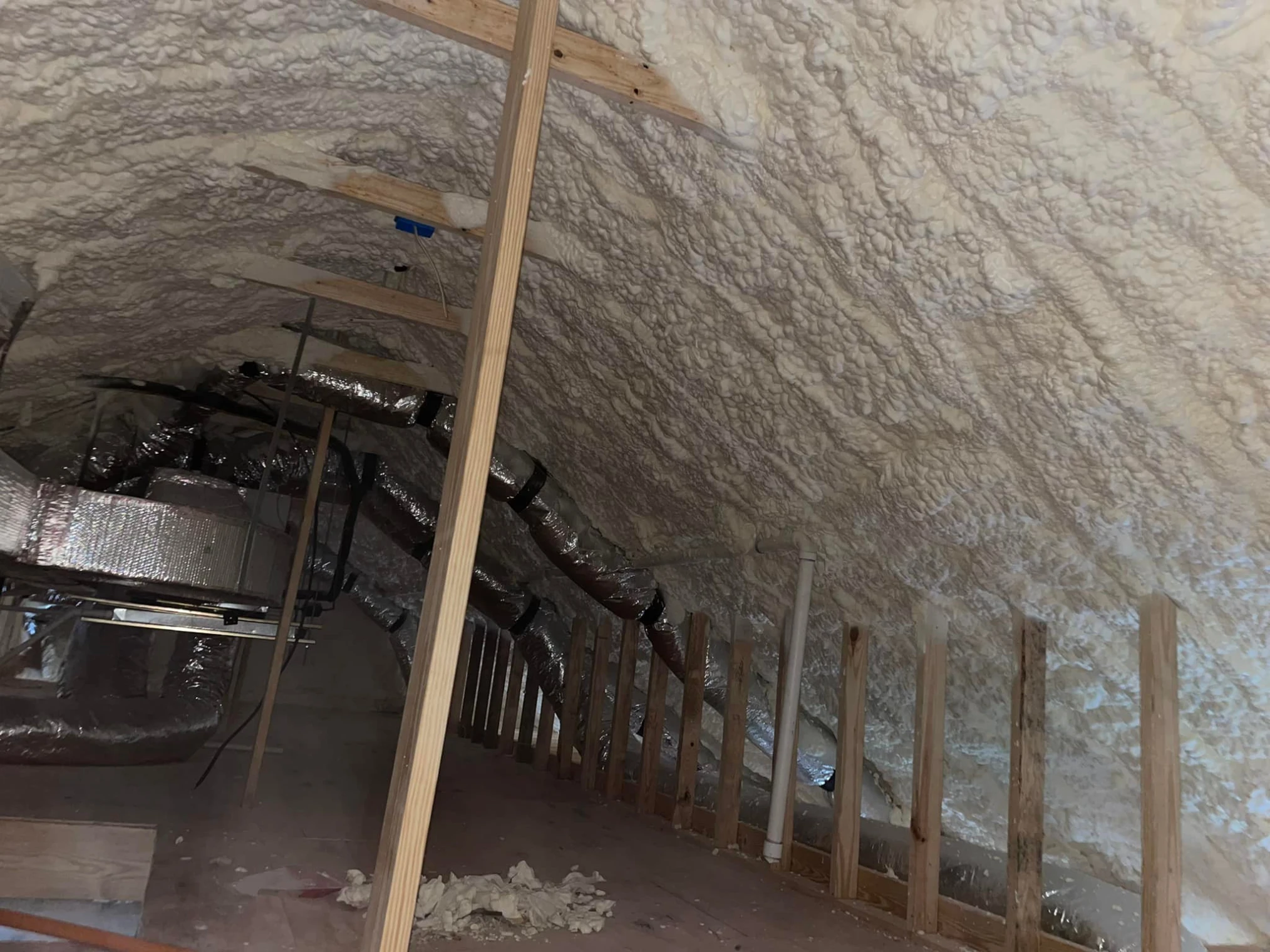
Most installations require clearing stored items, ensuring adequate access, and addressing any existing moisture issues. Electrical components may need temporary relocation depending on spray foam application areas.
Typical Cambridge residential rooflines require one to two days for complete installation, including preparation and cleanup. Complex roof geometries or larger areas may extend the timeline.
Open cell spray foam requires 24-48 hours of curing time before re-occupancy. Proper ventilation during this period ensures complete off-gassing and optimal indoor air quality.
Bonus Tip: Schedule installation during periods when you can stay elsewhere overnight. The curing process works best with consistent temperatures and minimal disturbance.
Open cell spray foam provides Cambridge rooflines with comprehensive thermal protection and air sealing that traditional insulation methods cannot match. The material’s expansion properties, moisture management capabilities, and long-term performance make it particularly suitable for Cambridge’s challenging climate conditions and diverse building stock.
Successful installation requires professional expertise, proper timing, and attention to local building requirements. Property owners should evaluate their specific roofline conditions, energy efficiency goals, and budget considerations when determining if open cell spray foam meets their needs.
Cambridge property owners seeking energy-efficient roofline solutions benefit from professional assessment and installation services. Peninsula Insulation, LLC provides comprehensive insulation evaluations that identify optimal solutions for each building’s unique requirements.
Contact Peninsula Insulation, LLC at wil@mdsprayfoam.net or (410) 770-2624 to schedule a roofline assessment. Professional consultation ensures proper material selection, installation planning, and code compliance for Cambridge properties requiring insulation upgrades.
Quality open cell spray foam installations typically maintain performance for 20-30 years under normal conditions. Cambridge’s freeze-thaw cycles and humidity variations do not significantly impact properly installed foam longevity.
Open cell spray foam requires minimal maintenance once properly installed. Annual visual inspections for signs of settling or damage, plus addressing any roof leaks promptly, preserve insulation effectiveness.
Removal requires professional equipment and expertise. The foam bonds permanently to substrate surfaces, making removal labor-intensive. Plan installations as permanent building improvements.
Open cell spray foam installation often modifies traditional roof ventilation approaches. Cambridge building codes may require specific ventilation configurations when spray foam seals the roof deck.
Water intrusion can be detected more easily with spray foam because moisture cannot hide in gaps. However, addressing leaks promptly prevents potential moisture accumulation within the foam structure.

